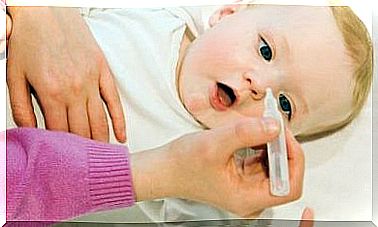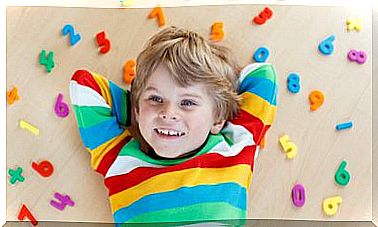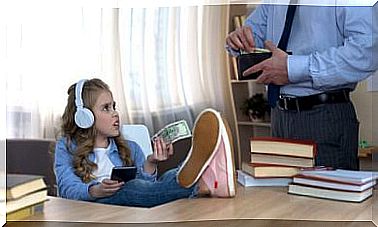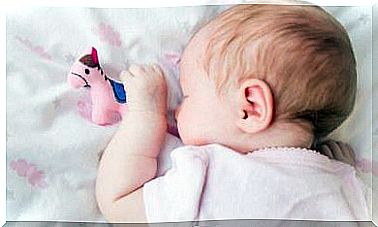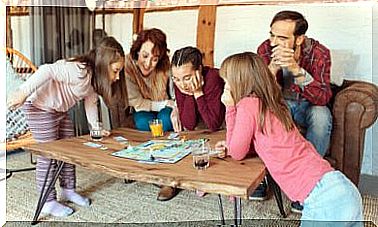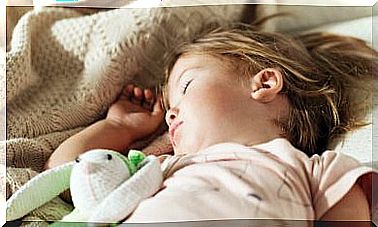Generalized Anxiety Disorder In Children
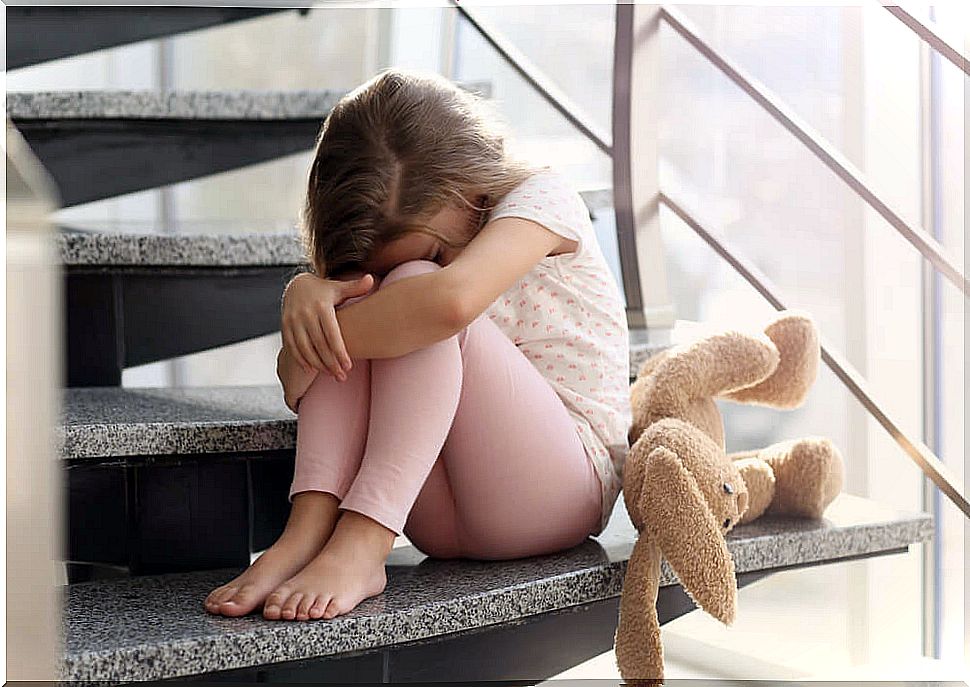
Among psychological disorders in children, anxiety problems are the most frequent. It is always difficult to diagnose this type of health condition, since it is difficult to define whether or not it is developmentally normal behaviors for the child’s age. However, in generalized anxiety disorder (GAD) we must add the fact that it is not a specific pathology of childhood, such as separation anxiety.
As GAD is a disorder more typical of older ages, it is difficult to identify it in minors. Especially considering that the manifestations are very similar to those that occur in an adult. However, the lack of adequate professional accompaniment can have severe future consequences, which is why it is necessary to be alert to the symptoms.
Generalized Anxiety Disorder in Children
GAD is characterized by a constant state of worry and anxious apprehension. The restlessness does not revolve around a specific area, as in social anxiety or phobias. On the contrary, it arises from a variety of multiple and diffuse aspects. There is no clear cause for discomfort and concern seems to wander from one topic to another.
The child may be aware that his anxiety is disproportionate, but is still unable to control it. This concern is present most of the time for at least six months and significantly affects the child’s social or school functioning.
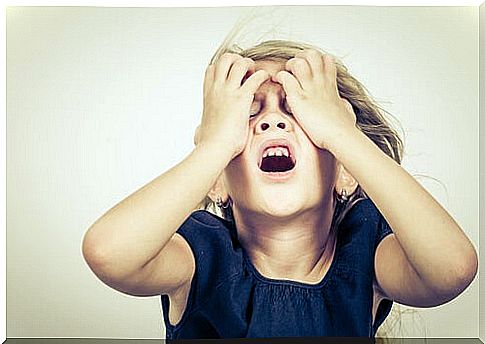
Despite the non-specificity of anxiety, it tends to be mainly around:
- School and sports performance : a high self-demand and perfectionism is seen in the child, who feels that he must obtain the best grades and positions, and worries excessively about achieving it.
- Personal safety and those of their loved ones : they may experience great suffering due to the fear that something bad will happen to themselves or their family members. They often fear a theft, an accident or a natural disaster.
- Illnesses : These children may be overly concerned about minor illnesses (their own or suffered by a loved one), and they often have a disproportionate fear of contracting or developing new illnesses.
In addition to this ‘continuous and floating anxiety’, we find symptoms such as: agitation and nervousness, difficulty concentrating, fatigue or irritability. Physical symptoms such as headache or muscle tension, and eating and sleeping disorders may also appear.
Aspects to consider
- Approximately, between 2 and 6% of children are affected by GAD, with those around puberty being more prone.
- Generalized anxiety disorder is not incompatible with the presence of another anxiety disorder. GAD and separation anxiety disorder may concur when anxiety exceeds the situations explained by the latter.
- Due to some of its characteristics, GAD can be confused in children with ADHD (Attention Deficit Hyperactivity Disorder), as both share difficulties in concentration and psychomotor agitation. Therefore, it is necessary to make a good differential diagnosis.
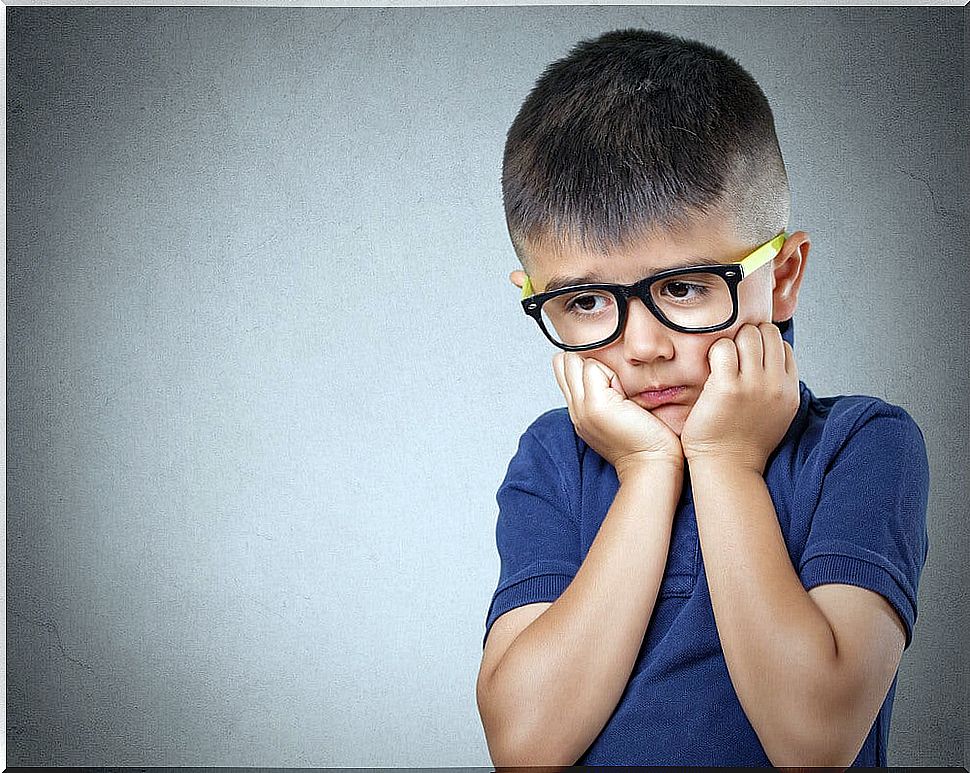
- There is no known single clear cause that explains the origin of GAD in children. However, genetics are known to provide an element of propensity that can be accentuated by certain stressful life circumstances. A history of abuse or experiencing significant changes or losses can contribute to the development of this disorder.
Treatment of generalized anxiety disorder in children
Sometimes GAD is a chronic and difficult-to-manage disorder, but most children achieve great improvements with proper treatment. An early diagnosis can help minimize the impact of the syndrome. There are both pharmacological and psychological treatments for treating GAD. The use of one, the other or a combination of both will depend on the severity of the case and the preferences of the family.
The most commonly used drugs are antidepressants and anxiolytics. These can offer good results in the short term, but it is necessary to complement the work with psychotherapy to consolidate changes in the child’s cognition and behavior.
Cognitive behavioral therapy has proven to be effective, teaching children to manage their level of arousal and modify their distorted thoughts. A proper approach can make a big difference in the quality of life.

